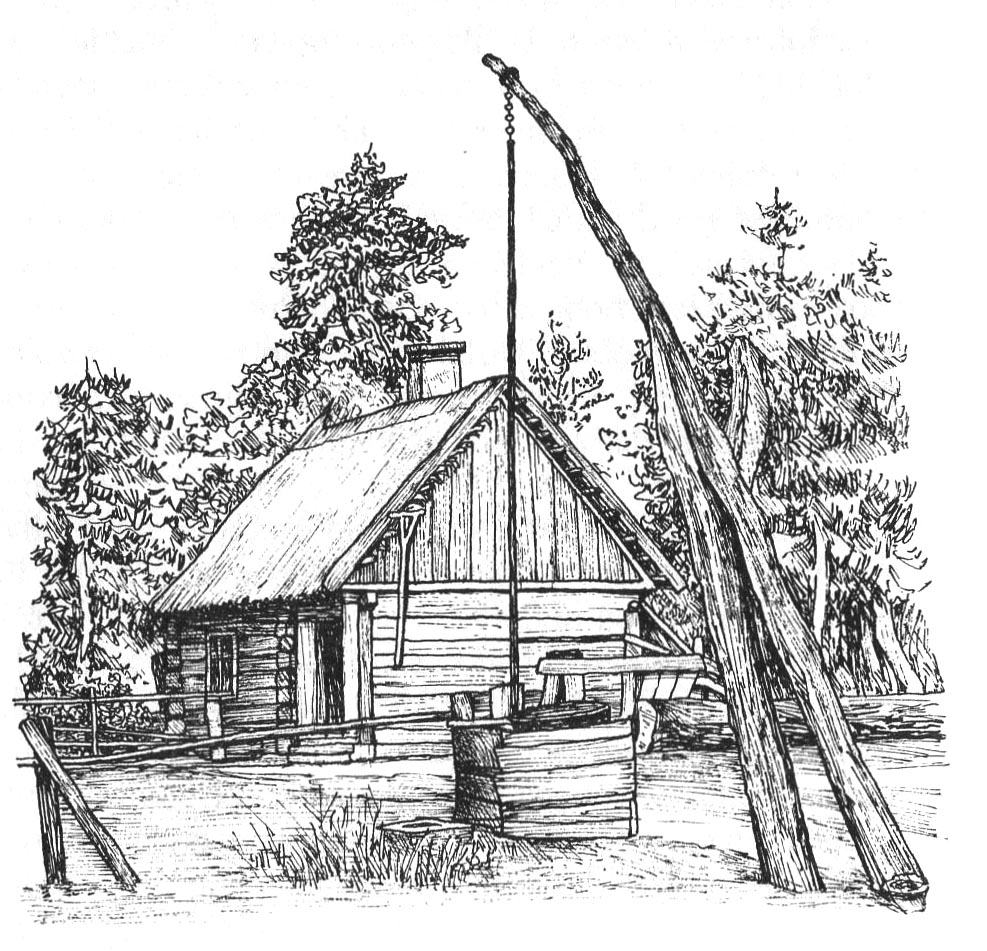FOLKLORE AND FOLK ART
In some regions of northern Mazovia and the adjacent areas, there is still traditional folk rituals and artistic craftsmanship is developing. Especially in Kurpie – in the Green Forest (Myszyniec, Incense, Bald, Lipniki, Turos, Black, Clone) and in the Biała Forest (trimmed, Cleanser, Okay). Currently, the tradition is maintained to a lesser extent also in the vicinity of Kołbiel, Sannik and Sierpc.
There are many examples of traditional wooden construction, both residential and economic, in the above-mentioned regions, and sacred.
Religious holidays, especially Palm Sunday, Easter, Christmas, Feast of the Epiphany and Corpus Christi, summaries of traditional activities: miodobranie, harvest festival, blessing the fields – give, st. Hubert – the patron saint of hunters, traditional rites: weddings, baptisms, funerals are an occasion to recall regional traditions.
The local community centers support the preservation of folklore and folk art, at which there are song and dance groups and groups producing artistic handicrafts, museums and- often schools and churches.
Unfortunately, there are fewer and fewer examples of traditional wooden construction in the villages. Some are destroyed, a few are transferred to museums – open-air museums. In the area under discussion, such museums are located in Novgorod, Sierpc-Bojanowie, Incense and the Border. Museums that collect items of folk art and traditional household furnishings and tools exist in Warsaw, Ostrołęka, Pułtusk, Wyszków, Fat and Przasnysz. There are small regional chambers in Myszyniec, Crushed, Grudusk, Blacks, Turks, incense, Czernin and Zawidz. Undoubtedly a village, which has the most preserved wooden structures is Maple. Outstanding contribution in the field of popularizing Polish folklore, including the Masovian Voivodeship, owns the National Song and Dance Ensemble "Mazowsze" based in Karolina.
A Kurpie farm near Myszyniec

